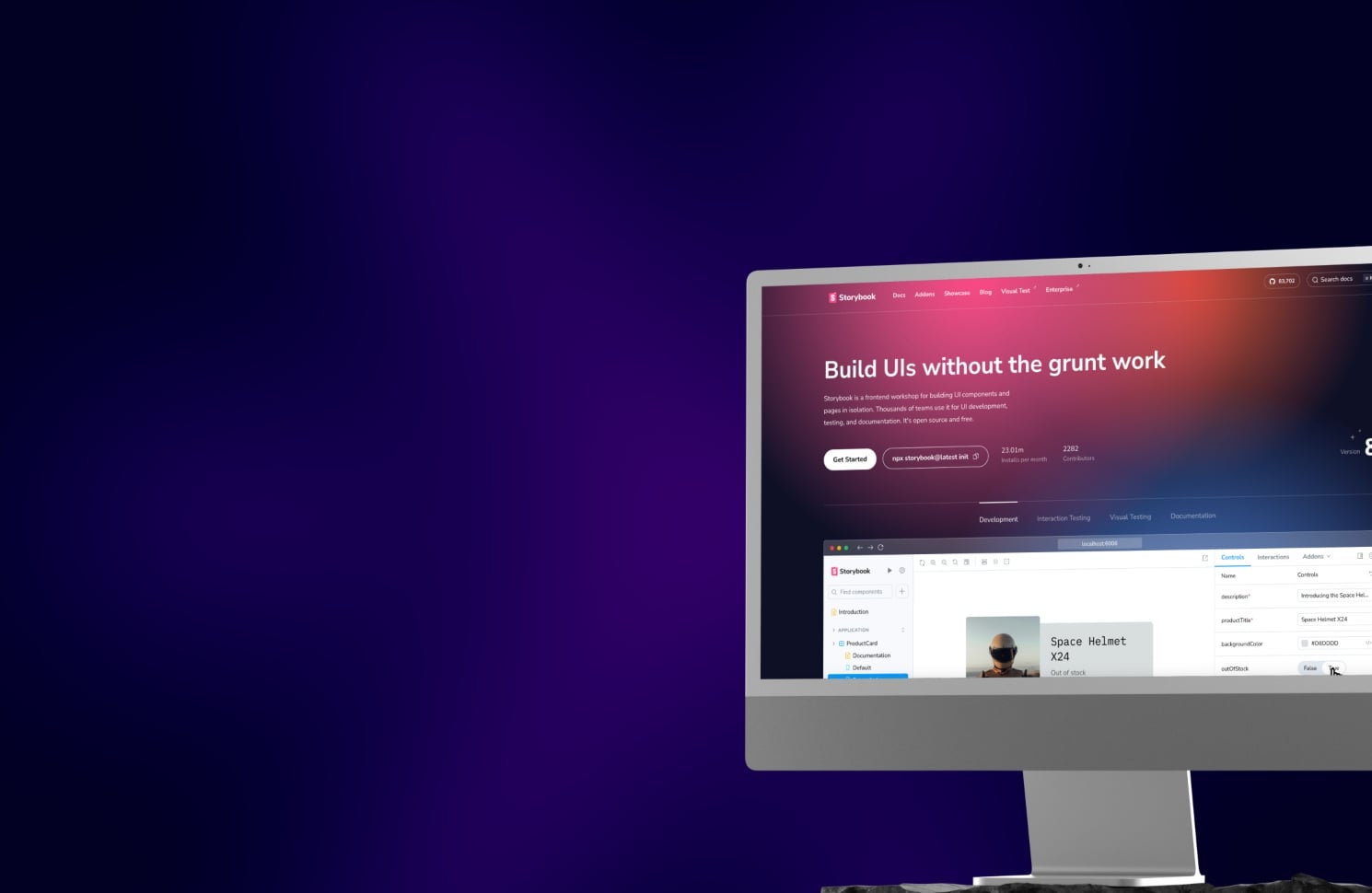

Our migration to Storyblok: How Lumenalta powers content
MAY. 1, 2024
2 Min Read
Performing quick content updates shouldn’t be a struggle, especially when they come at a high cost.
Creating and managing content efficiently is a cornerstone of any business. Blockers like slow processing times, clunky tools, or unfriendly user interfaces can quickly turn routine tasks into time-sucking ordeals.
At Lumenalta, we pride ourselves on engaging developers who can quickly jump in and tackle any project. However, even the most skilled talent can stumble while using outdated tools or technology. Performing quick content updates shouldn’t be a struggle, especially when they come at a high cost.
So after using a popular CMS (content management system) for several years, we decided to assess our tools and look for options that can better support us as we scale.

Challenges of the former solution
Our previous CMS had several limitations:
Tier limits, with plan restrictions limiting content types to 50, created an inefficient site architecture. Content editors and marketers couldn’t create new pages independently, while most site changes required developer involvement.
The cost was high, as restructuring the architecture to give editors more freedom meant bumping to 100+ content types, but increasing the limit to 75 meant doubling the yearly fee. So, any further increases were deemed prohibitively expensive.
Lastly, the data structure that was returned from the API and data relationships was highly bloated and included an unnecessary structure that made templating logic more complex and therefore, the codebase less maintainable.
We determined that a more affordable component-based platform was the best solution. A fully flexible tool would empower content editors to create and modify pages independently, enabling them to manage content more efficiently without needing constant technical support.
A headless CMS with modular architecture would allow independent development, deployment, and scaling of modular parts, enabling efficient resource allocation and easier system expansion.
The selection
Because the industry is relatively young, there aren’t many affordable enterprise CMS options. And there hasn’t been any significant innovation from those who’ve been in the market longer, so finding the right solution begins with knowing what you need.
We demoed multiple platforms and set up pages from scratch, testing code and analyzing pricing structures to see if they would be generous enough for our needs. We determined that self-hosting was too expensive and a smaller, lighter team managing a SaaS (software as a service) product was the best fit.
After completing a spike using Storyblok, we agreed that it was the most user-friendly option, with most of the set-up and basic elements of the website migrated within a few hours. The content editing process was highly intuitive and visual, which would please the editors. The development experience, documentation, and tooling were straightforward and accessible, with the company providing libraries to speed up integration.
We could have migrated our project using only the free plan, but even when we needed to launch and upgrade the plan to add more users, Storyblok was still the least expensive option for our use case and requirements. It was more affordable than we planned and came out far ahead of the competition in features and usability.
Migrating to Storyblok
Because Storyblok’s visual template is highly intuitive, most of the development work focused on defining the structure of the backend and mapping the structure into a visual template.

The set-up
Using the example projects and documentation allowed us to set up the site connection, header, footer, and hero block integration in one day. This flexibility gave us added confidence and accuracy when estimating the time it would take to migrate the entire website from a rigid page template structure to a flexible component-based architecture.
Refactoring the website and migrating the content took under a month to complete.
Glitches
Even easy migrations aren’t without bumps. We had to refactor a few components because our data structure and codebase were bloated and messy. Once simplified and streamlined with templates and display logic, we had cleaner code that was easier to read and maintain. In the end, the migration itself helped to remove extra code and speed up our website’s performance.
Another perk is that we never needed to involve Storyblok in the migration since our team is qualified to handle any bugs.

The final result
Where it previously took a developer a week to publish new pages, it now takes minutes to create and publish content. The learning curve has been quite low, with an intuitive SDK (software development kit) that comes with out-of-the-box React components that will render your components and templates easily with minimal manual configuration.
Meanwhile, increased flexibility and control are boosting productivity for editors and streamlining workflows for developers with:
- A cleaner and more organized interface
- A bloat-free API (application programming interface) that doesn’t require complex thinking or planning.
- A comprehensive command line interface (CLI) that saves time writing TypeScript and migrating components and pages between Storyblok environments
- An intuitive visual content editor
- Live preview content editing that allows drag-and-drop so you can move content in blocks and rows
- A library of blocks (content, images, articles, carousels, etc.) to apply and modify anywhere on a page
- Comprehensive field types, such as blocks, references, tabs and configuration options
- SEO fields on every page and block allow content editors to control Metadata, JSON LD Schema, and H1 and H2 levels for headings
- The ability to create new pages, folders, and sub-pages without any developer input
Our experience so far has been great. We’re excited to keep exploring Storyblok for all our content management needs and learning more about its capabilities. And we fully expect to see an increase in user adoption and satisfaction.
Given the easy set-up and generous and flexible plan limits that can accommodate a wider range of use cases, we’re looking forward to delivering even greater value to our customers.



